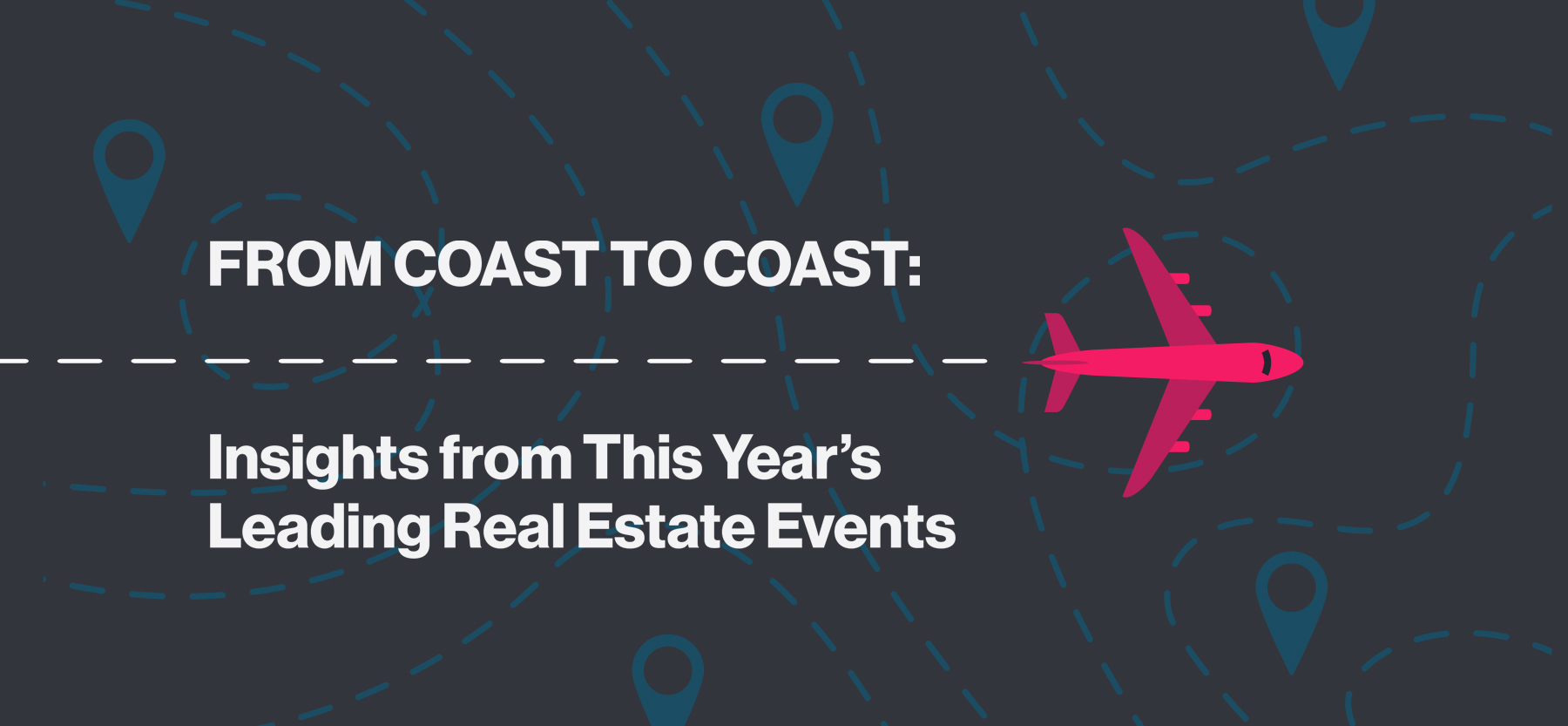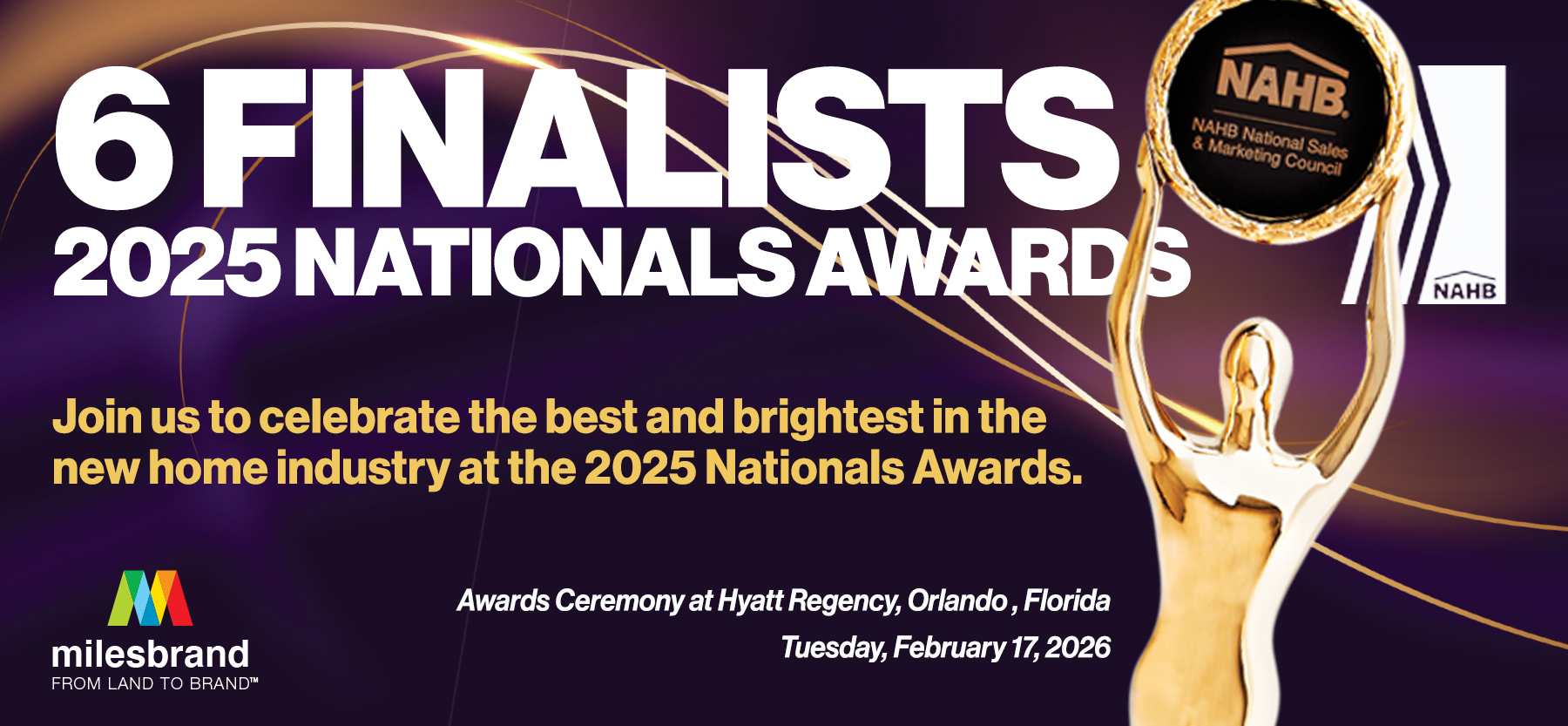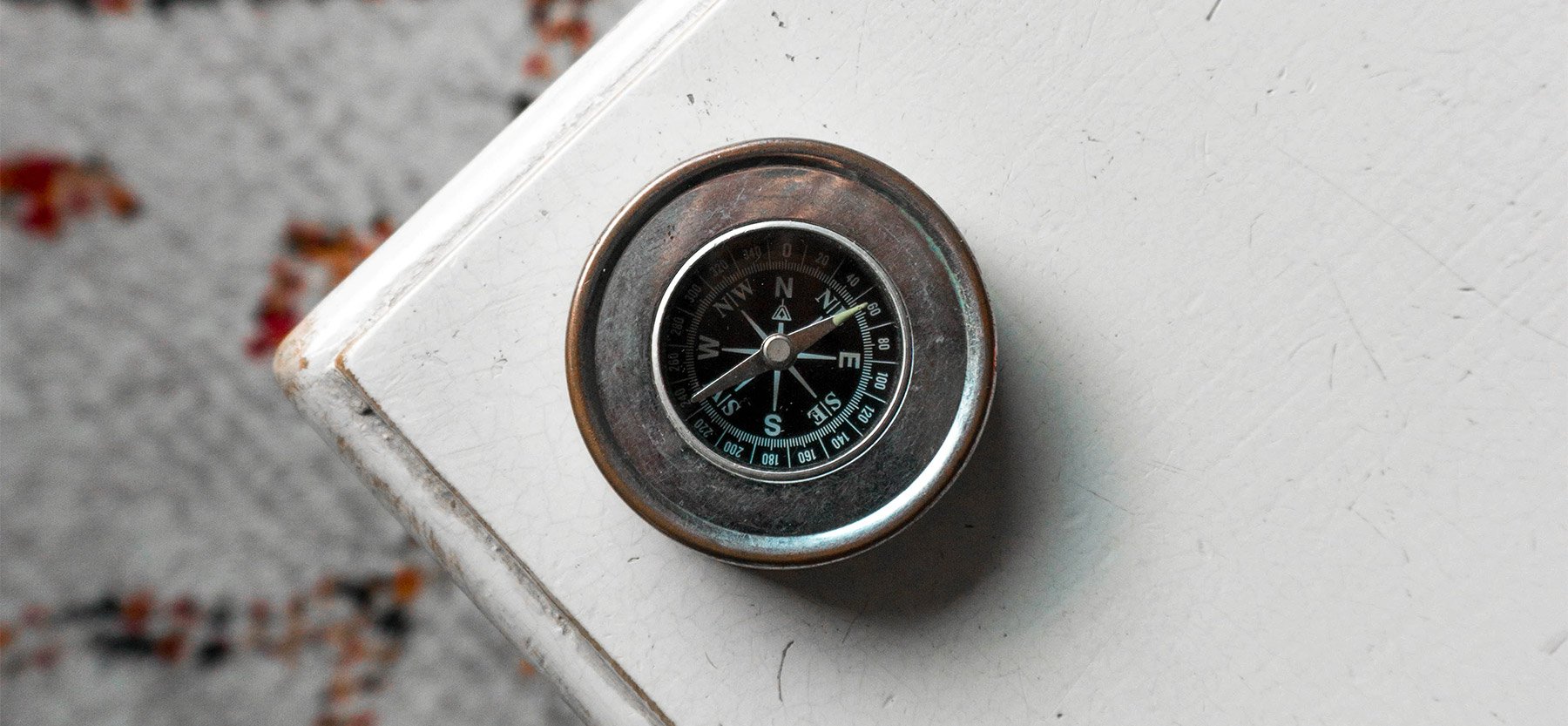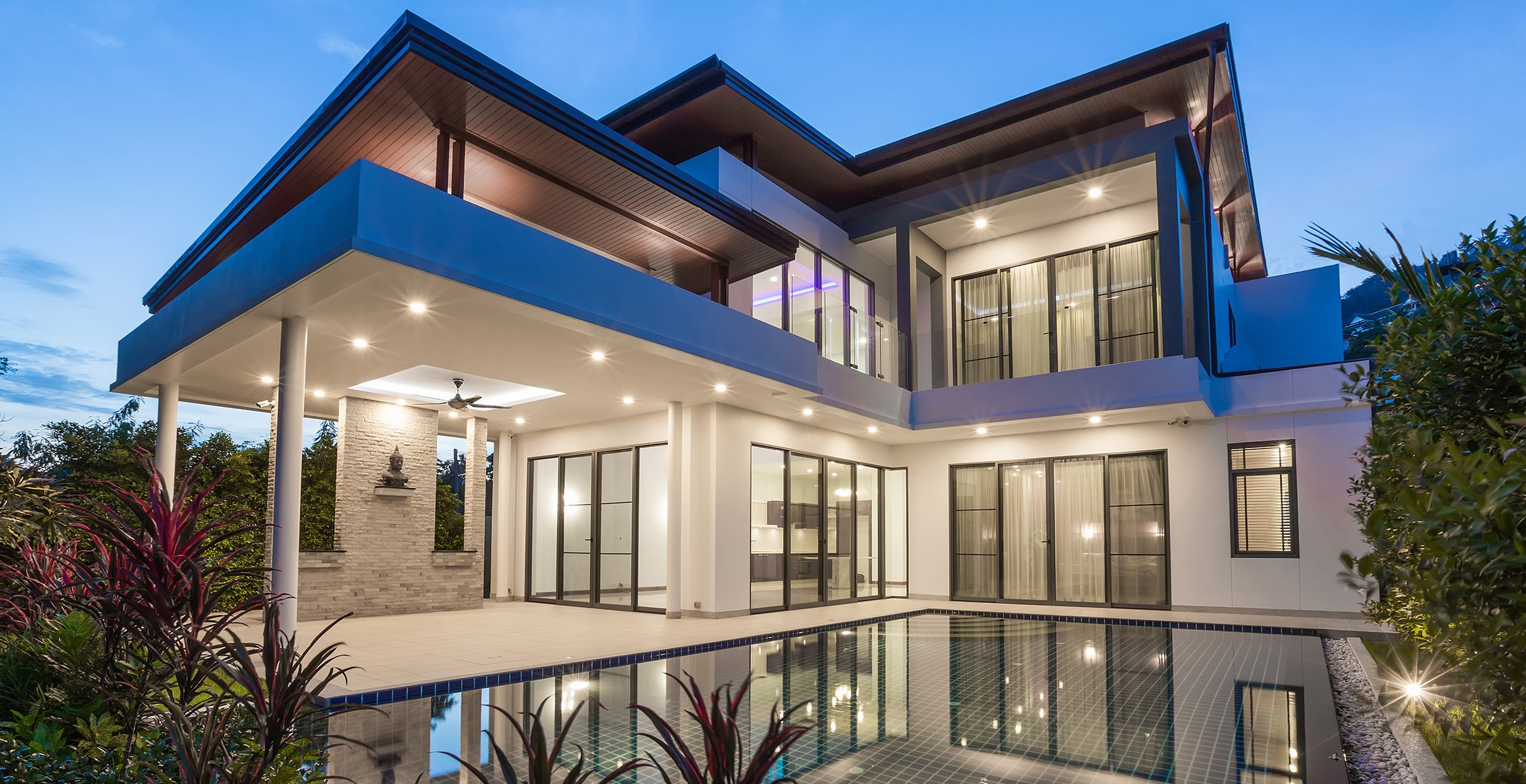July 29, 2020
Paid Social Media in Real Estate: 25,000 Website Visitors in 75 Days
Dan Kennedy, one of the world's most respected marketers, has always said, “The business that can spend the most to acquire a customer—wins.”
If you agree there is truth to that, then good news. Because at least in the world of paid social media advertising, that cost to acquire a customer might be at an all time low.
Why? A few reasons.
For one, as a reaction to political pressure—which we'll spare you here—many major companies have elected to suspend their paid social media campaigns.
Exactly for how long, we don't yet know. But we do know that Facebook/Instagram's supply of big-budget campaigns has dipped significantly.
Coupled with that is, of course, the oscillating level of pandemic-related closures and stay-at-home orders. Here, intuition checks out. Because both anecdotes and hard data will tell you that people are spending much more time on their phones and devices.
And as it pertains to social media, they're spending a lot more time looking at platforms like Facebook and Instagram.
Why Does This Matter?
Before we move on to what this means for the new home industry, let's take a moment to appreciate what this means in general.
On one hand, we have waves of consumers cranking up their screen time. And with more screen time, comes more ads. This correlation is one most of us can relate to.
But just when Facebook could potentially charge a premium for those extra eyeballs, some of the platform's biggest players pulled back—while the users themselves remain.
Now, let's tip our hat to basic economics, because without the same demand for ad placements, the price for those placements should only go down.
Sure enough, this is exactly what many advertisers are finding—the perfect storm of low cost-per-thousand impressions (CPM) and high ad engagement (CTR, CPC, CPA, and so on).
The point is: Paid social media advertising might be the hot iron to strike. In this less-heated-than-normal bidding war, Dan Kennedy's "winning business" can be your business. With less ad spend.
How We Applied This to Real Estate
Above, we highlighted a few trends that are shaping paid social media dynamics. But in the new home industry, there is one other trend that plays into this:
Our entire nation has been given an incentive to leave metropolitan areas. And many people are.
However temporary, the appeal of high-density living is waning right along with the concern for living close to work.
Today, and to the degree master planned communities and home builders offer product outside of city centers (and many of our clients do), opportunity is rising.
To take advantage, social media advertising is looking like a sharper-than-ever tool in the real estate marketer's belt.
For more supporting data, you won't have to look far. But here, at least, is one of our strongly supporting data points:
25,000 Website Visits in 75 Days
In May, after some consideration, one of our clients made the bold choice to not only continue running their current social media ads, but to build and run a brand new campaign, as well.
This wasn't an easy decision. Real estate forecasts were at best solid speculation. The uncertainty could have meant anything. And for some, it meant battening down the hatches and halting all excess ad spend.
Not in this case.
Instead, we got to work building ads that highlighted both the lower cost and lower density of our client's community—all while getting way more home for your money.
If anyone needed to hear this message, we knew it would be those living in high-population areas. So naturally, that was our target.
And the risk paid off. After one month, the client reported one of their best months ever, with no signs of slowing down.
To illustrate: At the time of writing, we are 57% through 2020, while our client has already sold over 80% of their 2020 projection.
Now, was this all thanks to paid social advertising? Almost certainly not. And perhaps not even all to marketing in general—good salespeople had to sell the homes, after all.
But here's what we do know:
The Metrics
So how well did the ad perform? What was the ad spend to generate this traffic? Take a look.
- Cost-Per-Click (CPC) — $0.06
- Compared to an industry average of $1.80-2.00
- Click-Through Rate (CTR) — 9.32%
- Compared to an industry average of 0.9%
And because not all clicks become full-on website visitors, we arrive at our Cost Per Action (in this case, landing page views) of $0.09 and a CPM of about five dollars.
Not. Too. Shabby.
The Takeaway for Paid Social Media
One thing you should know: We've been proponents of paid social media long before this latest round of trends. And into the future, we plan to evolve with it, always leveraging it for the power we've seen it wield.
Simply put, now isn't the first and only time to dive into paid social, it's just a very good time to do so.
If, like many others, you've been neglecting this medium, or feel your efforts are still a bit uncalculated, consider this the call to action.
Your audience is waiting. Traffic and revenue are waiting. And at least for right now, it's all more affordable than ever.
So happy marketing! And if you're not ready to go it alone, we are ready to help you.












